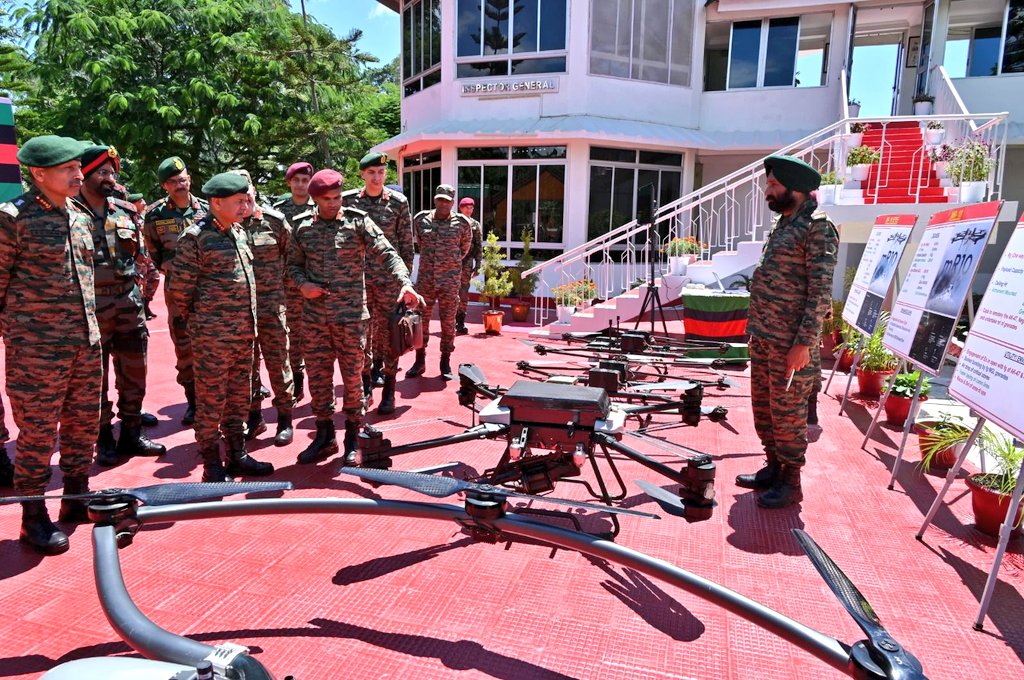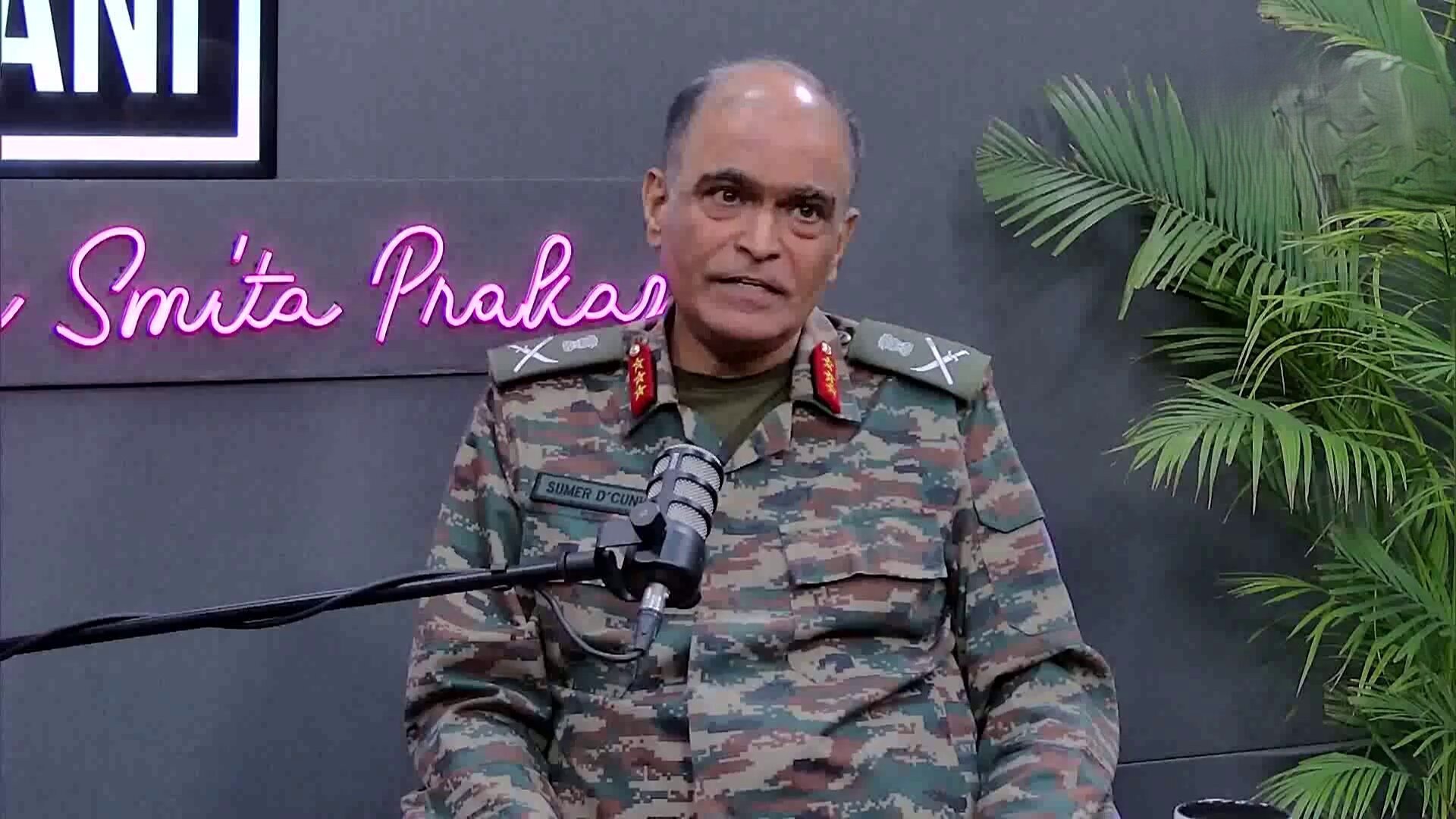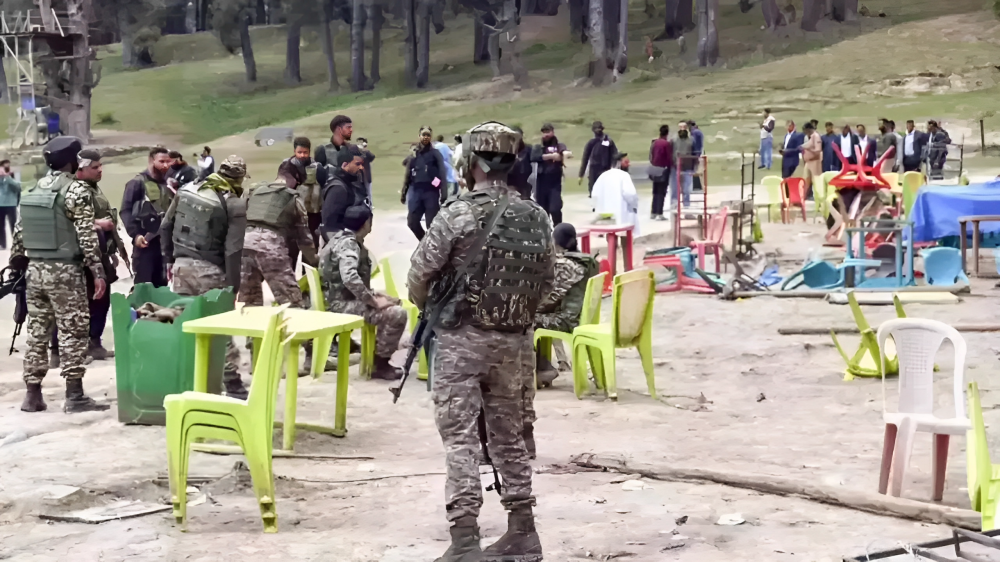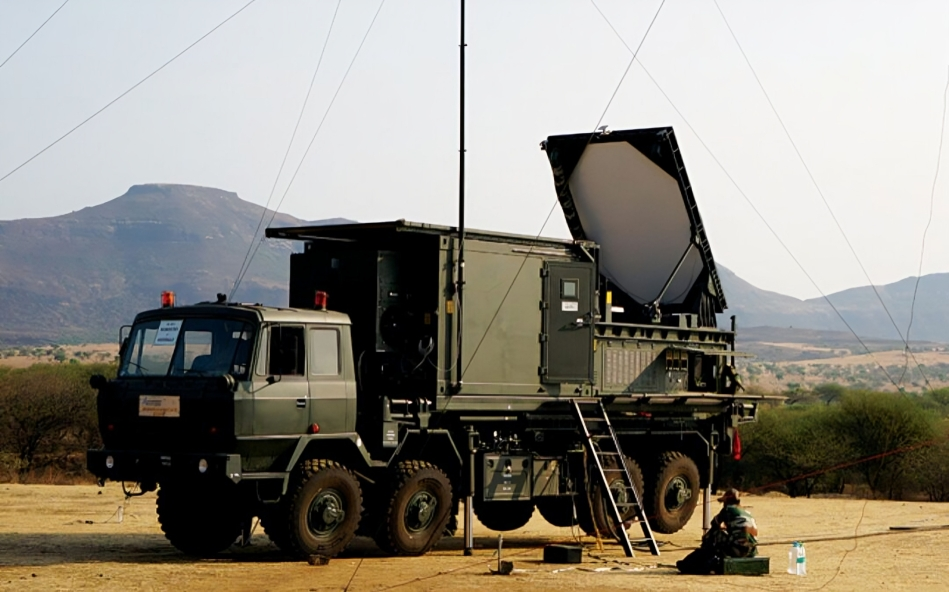Army Chief General Upendra Dwivedi Visits Manipur to Review Security and Strengthen Civil-Military Ties
Chief of Army Staff General Upendra Dwivedi arrived in Manipur on Tuesday to assess the security situation and promote civil-military…
Indian Army Embraces Red Teaming to Outsmart Adversaries
The Indian Army has started institutionalising a modern war-gaming technique called red teaming, which is designed to mimic the mindset…
UNSC Report Links TRF to Pahalgam Attack in First-Ever Mention
In a significant diplomatic breakthrough for India, a recent United Nations Security Council report has for the first time officially…
ITBP Bus Plunges Into River Sindh in J&K’s Ganderbal
A bus assigned to ferry Indo-Tibetan Border Police (ITBP) personnel plunged into the River Sindh near the Kullan bridge in…
Axiscades Secures Rs 600 Crore Defence Orders for Indigenous Military Platforms
Axiscades Technologies has received defence orders worth Rs 600 crore through its defence subsidiaries, significantly expanding its role in India’s…
Indian Army Launches Leadership Guidebook ‘The Profession of Arms’ for Young Officers
In a major initiative to strengthen leadership development among junior ranks, the Indian Army has released a new guidebook titled…






